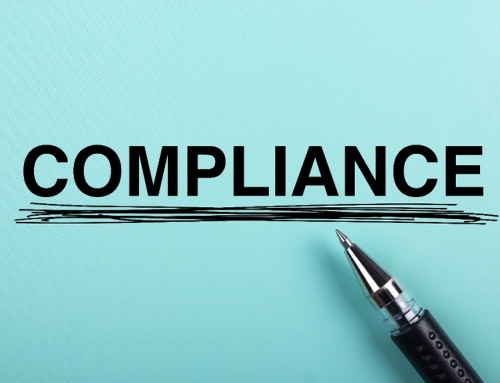If managers or practice owners identify the offending behaviors and fix them, they will usually be able to spend more time nourishing the practice’s culture – which will in turn, make the staff members happier and more productive. Below are the ingredients that make-up a nourishing practice culture:
Respond constructively when someone offers an idea. Even if you think you know more a particular project, or have more experience than the rest of the team, or are positive that suggestions by others are off the mark, hear them out. First – let staff members and co-workers know that when they come up with new ideas, they will be received with an open mind and respect – hear their caring intentions before you speak! Second – understand that staff members make suggestions for perceived needs of clients, patients, or practice harmony . . . no one is out to ruin their job security. Third, even if you disagree, never make the person wrong . . . discuss the options to consider when looking at the issue, not the person offering the idea. Fourth – let the staff members and co-workers know that when they come to you with an idea, they will be heard with an open mind and receive the respect they deserve for trying to improve the practice operations. Fifth – always remember, an encouraging attitude my the practice leadership will keep the creative juices flowing and encourage constructive dialogue.
Push for solutions/alternatives. I make this a mandate on most all consults where the veterinarians, managers, or owners are “control-centered” in their organizational behavior; specifically, all issues come to the perceived decision maker(s) with two alternative/options/solutions. Never allow people to just dump their brains into your in-box and head for home – make sure they have considered the options and include at least two with the complaint/concern. Better yet, consider banning complaints and gossip altogether. It is tough love for sure, but it will facilitate the creation and sustaining of a positive culture. Complaints are just noise and nothing more – but each one does represent an opportunity to turn something negative into something positive. Turn the staff members from problem sharers to problem solvers – it will make an unbelievable difference in the practice culture, as well as move the innovation engine into high gear!
Institute a zero-tolerance policy for low performers. Hold the entire team accountable for meeting goals and adhering to the same performance standards. This starts by defining outcome accountabilities rather than just processes. It also means dynamic duty zone standards instead of static job descriptions. If one person continually “misses the bar”, then the zone coordinator needs to take swift action. Let your staff members know that you value their hard work and that you will not accept those who slack-off and cause hardships on their team mates. People that do less will be starved for recognition and will not be allowed to get way with substandard team support or performance.
Take the time you need to do the job right. What you do speaks louder than any words you will ever use. Set the example, pay attention to the details, check your own work, and make sure you are following all Standards of Care and practice guidelines, 24/7 – 365.
Set reasonable, clear, timelines and completion expectation dates for everyone involved (and hold them accountable). Once something gets off track, nobody is willing to own it. Make sure you jointly set reasonable timelines and completion dates, with clear outcome expectations. Ensure that the team members buy into the timeline, completion date, and measurements of success; you want to avoid setting people up to for failure by issuing arbitrary timelines and/or success measures, or unilaterally changing them during the program process. Even if it takes some extra effort from time to time, participative techniques for setting timelines, milestones and success measurements will assist in everyone making a conscious effort to meet expectations and deadlines. A good leader holds the team accountable for meeting jointly set expectations, and the uncommon leader takes the blame and gives the credit for project outcomes.
The last step in empowering the practice culture is establishing an expectation for Continuous Quality Improvement (CQI). The attached article explores the CQI systems and what you can do about it. If the concepts above or in the attached article seem “beyond” what you or your team can pursue, then it may be time for a consultation by a practice savvy consultant who understands your needs/wants. Please review my web site, as listed below. Review my 17 text publications. With a consult, I provide the applicable monographs, each with a topic specific electronic tool kit (32 Signature Series monographs are listed in the VIN Bookstore). Also, the first telephone call is ALWAYS a courtesy, so you can assess the fit of my approaches to your needs and your team.






